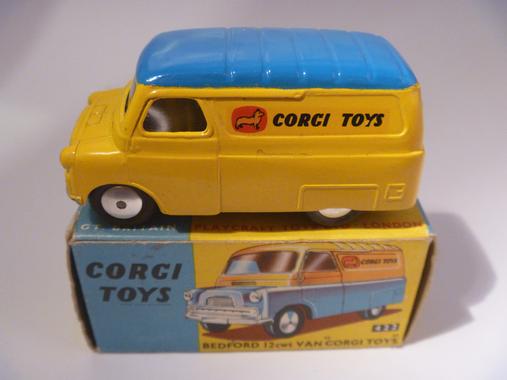Diecast Toys
This type of model was first produced before World War 2 by manufacturers such as Meccano Dinky Toys in the United Kingdom and Tootsietoys in the USA. Early models on the market were basic, often only two separate castings. In the early days it was common for impurities in the Zamak alloy to result in metal fatigue; the casting would crack or decompose for no apparent reason. As a result, diecast toys made before World War 2 are rare to find in good condition.
Lesney began making diecast toys in 1947 at the Riflemans Arms pub. The popular Matchbox 1-75 series was so named because there were always 75 different vehicles in the line, each packaged in a small box designed to look like those used for matches. These toys became so popular that "Matchbox" was widely used as a generic term for any diecast toy car, regardless of who the actual manufacturer was.
The popularity of diecast toys as collectibles developed in the 1950s, as their detail and quality increased. Consequently, more companies entered the field, including the Corgi brand, produced by Mettoy, which appeared in 1956 and pioneered the use of interiors and clear plastic windows in their models. Many other smaller manufacturers emerged during this period such as Charbens, Crescent and Morestone to name a few.
In 1968, Hot Wheels were introduced in the United States by Mattel, Hot Wheels quickly gained an important niche in the diecast toy market, becoming one of the world's top sellers and challenging the Matchbox 1-75 series in popularity. Corgi responded with their short-lived “Rockets” range.
The trend continued in the 1970’s and the Matchbox Superfast range were introduced to rival the popular Hot Wheels range know as redlines which are now highly prized by collectors.
Matchbox and Hot Wheels both continue today, the former being bought out by Mattel. Corgi also continue to produce models under the Hornby Hobbies brand.


